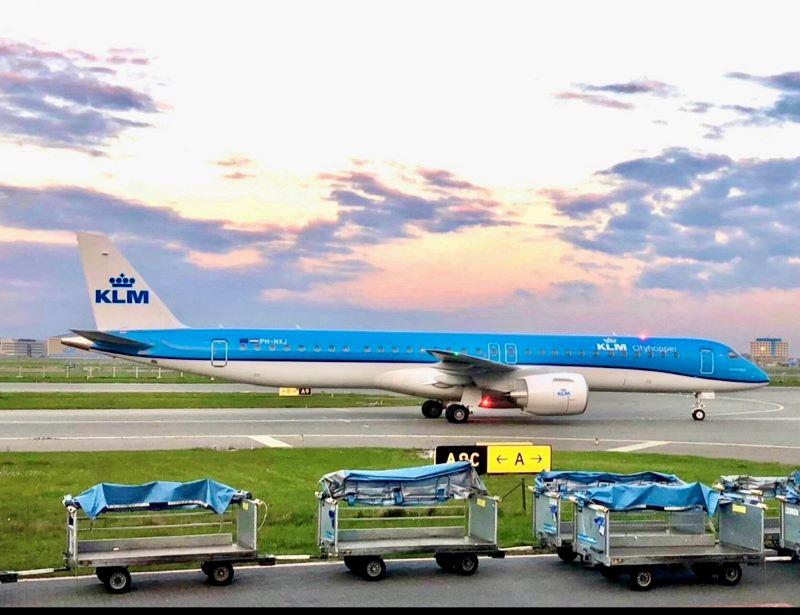
KLM Cityhopper Embraer E195-E2
Credit: Kurt Hofmann
KLM Cityhopper is considering adding more seats to its Embraer E195-E2 fleet and may use its E2 aircraft options earlier to overcome Amsterdam Schiphol Airport’s capacity-reduction goals. “Amsterdam [Schiphol Airport] is making our lives difficult,” KLM Cityhopper MD Maarten Koopmans said during a...
Subscription Required
KLM Cityhopper May Add More Seats On Its E2s And Take Options Earlier is published in Aviation Daily, an Aviation Week Intelligence Network (AWIN) Market Briefing and is included with your AWIN membership.
Already a member of AWIN or subscribe to Aviation Daily through your company? Login with your existing email and password
Not a member? Learn how to access the market intelligence and data you need to stay abreast of what's happening in the air transport community.





